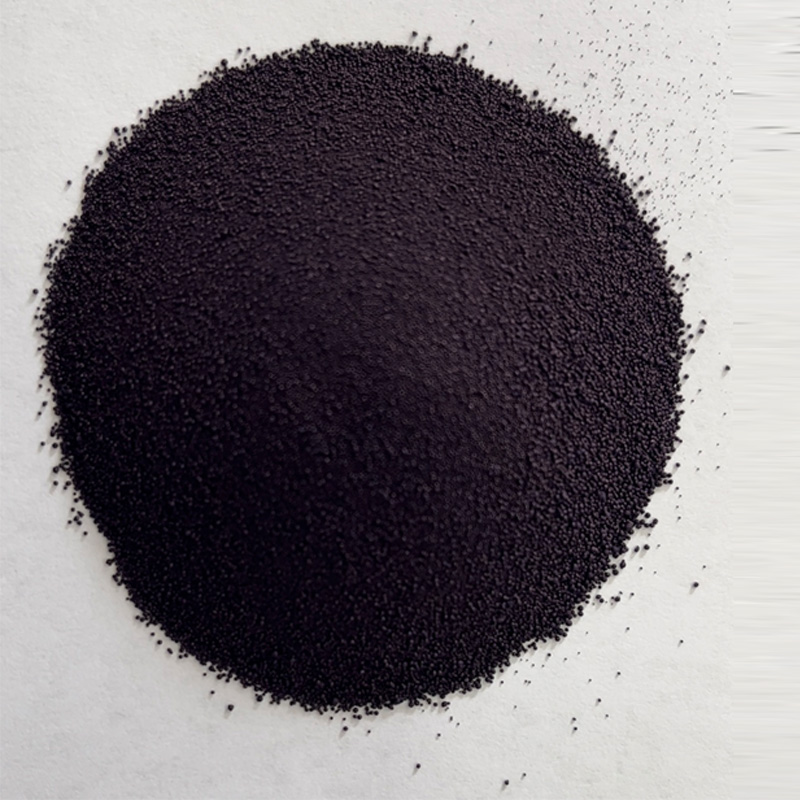Exploring the Benefits and Uses of Natural Indigo Fabric Products for Sustainable Living
The Beauty and Sustainability of Natural Indigo Fabric Products
In an era where sustainability is paramount, natural indigo fabric products stand out as a beacon of eco-friendly fashion. Derived from the leaves of the indigo plant, this deep blue dye has been used for centuries, imparting not only a rich hue but also a story woven into every fiber of the fabric. As consumers become increasingly aware of their environmental impact, natural indigo is gaining resurgence, celebrated for both its aesthetic appeal and its sustainable attributes.
Historically, indigo dyeing can be traced back over 6,000 years across various cultures. From the ancient civilizations of Asia to Native American tribes, indigo has played a significant role in textile traditions. The process is labor-intensive, involving fermentation and intricate dyeing techniques, resulting in a unique, vibrant color that cannot be replicated by synthetic dyes. Each piece of indigo fabric carries with it the essence of artisanal craftsmanship, making every item distinct and valuable.
One of the primary advantages of natural indigo dye is its biodegradability. Unlike synthetic dyes, which can release toxic substances into waterways and harm ecosystems, natural indigo poses minimal environmental risks. The cultivation of indigo plants also fosters biodiversity, as it often grows alongside other crops, promoting healthier soil and reducing the need for chemical fertilizers. As the fashion industry grapples with its ecological footprint, the shift towards natural indigo represents a significant step in reducing pollution and promoting sustainable agriculture.
natural indigo fabric products

Natural indigo fabrics, such as cotton and silk, offer versatility in design and application. Designers and artisans are increasingly drawn to these materials for their unique textures and the rich palette they provide. From high-fashion garments to everyday wear, natural indigo can be seen in various forms, including handcrafted scarves, jackets, and home textiles. The deep blue of indigo often evokes feelings of tranquility and sophistication, making it a favorite among consumers seeking both style and sustainability.
Moreover, the use of natural indigo in fabric products supports local economies and traditional craftsmanship. Many artisans involved in indigo dyeing are part of small cooperatives or family-run businesses, and by choosing natural indigo products, consumers are not only purchasing a piece of art but also contributing to the livelihoods of these artisans. This aspect of ethical consumerism is crucial as it fosters a sense of community and empowers individuals to preserve their cultural heritage.
In addition, natural indigo has anti-bacterial and UV-resistant properties, making it not just a beautiful choice but a functional one as well. Its natural attributes contribute to a healthier lifestyle, as fabrics dyed with indigo are often softer and more comfortable to wear compared to their synthetic counterparts.
As we move toward a more sustainable future, embracing natural indigo fabric products can lead us to a more conscientious approach to fashion. By opting for these vibrant, eco-friendly textiles, consumers can enjoy beautiful garments while also ensuring that their choices align with environmental practices. The revival of natural indigo not only celebrates a rich textile history but also paves the way for innovation in sustainability. With every stitch, natural indigo fabric products are not just pieces of clothing; they are a commitment to a sustainable future and a testament to the beauty of nature and craftsmanship.
-
The Timeless Art of Denim Indigo Dye
NewsJul.01,2025
-
The Rise of Sulfur Dyed Denim
NewsJul.01,2025
-
The Rich Revival of the Best Indigo Dye
NewsJul.01,2025
-
The Enduring Strength of Sulphur Black
NewsJul.01,2025
-
The Ancient Art of Chinese Indigo Dye
NewsJul.01,2025
-
Industry Power of Indigo
NewsJul.01,2025
-
Black Sulfur is Leading the Next Wave
NewsJul.01,2025

Sulphur Black
1.Name: sulphur black; Sulfur Black; Sulphur Black 1;
2.Structure formula:
3.Molecule formula: C6H4N2O5
4.CAS No.: 1326-82-5
5.HS code: 32041911
6.Product specification:Appearance:black phosphorus flakes; black liquid

Bromo Indigo; Vat Bromo-Indigo; C.I.Vat Blue 5
1.Name: Bromo indigo; Vat bromo-indigo; C.I.Vat blue 5;
2.Structure formula:
3.Molecule formula: C16H6Br4N2O2
4.CAS No.: 2475-31-2
5.HS code: 3204151000 6.Major usage and instruction: Be mainly used to dye cotton fabrics.

Indigo Blue Vat Blue
1.Name: indigo blue,vat blue 1,
2.Structure formula:
3.Molecule formula: C16H10N2O2
4.. CAS No.: 482-89-3
5.Molecule weight: 262.62
6.HS code: 3204151000
7.Major usage and instruction: Be mainly used to dye cotton fabrics.

